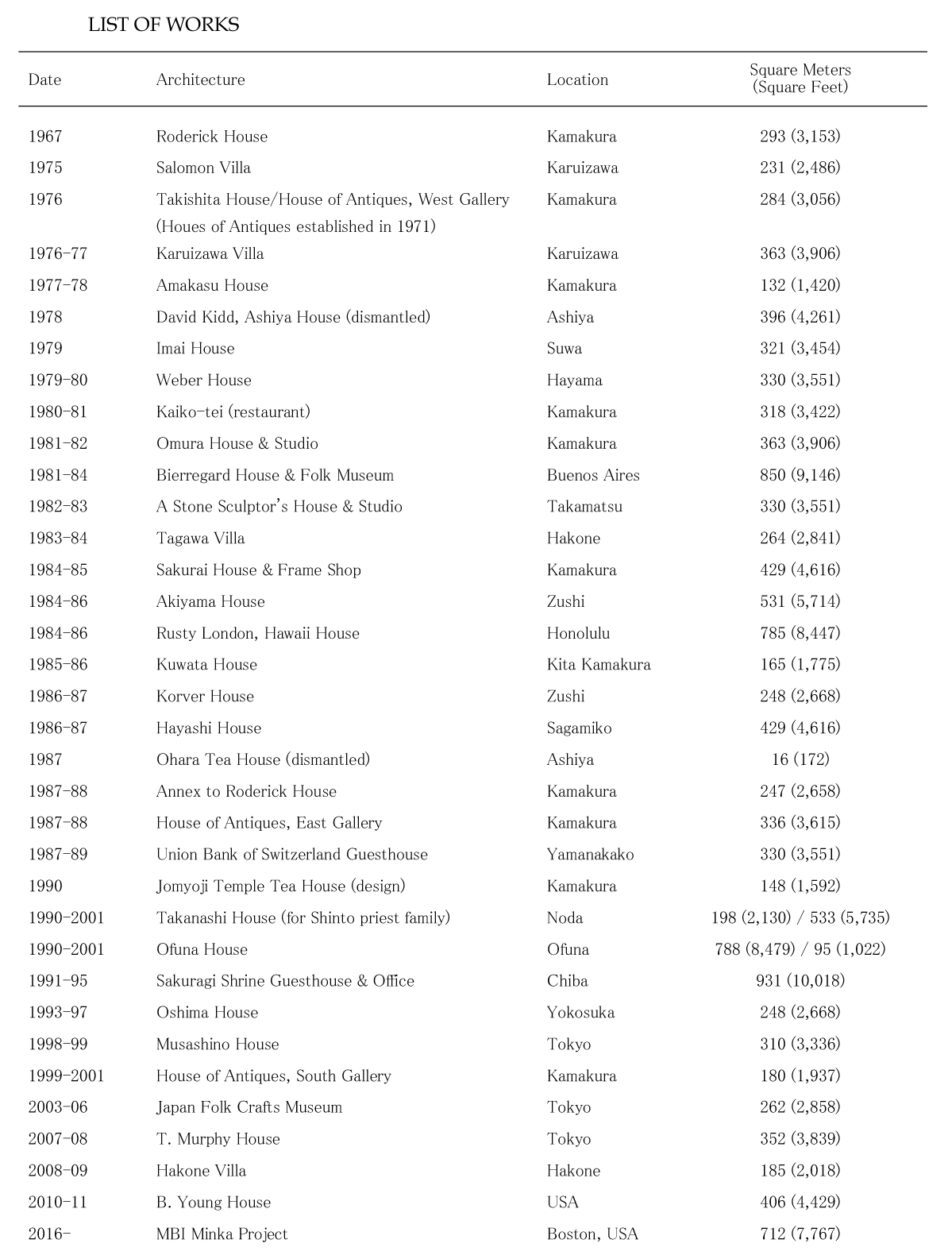YOSHIHIRO TAKISHITA
Architect
YOSHIHIRO TAKISHITA was born in 1945 in Gifu prefecture.
In 1967 he graduated from Waseda University with a degree in law.
While still a student, he learned of a 250-year-old farmhouse (minka) near his home town that was about to be submerged in the construction of a local reservoir.
He bought the house and moved it to Kamakura to live in.
After that, he traveled around the world, visiting thirty-six countries. Returning to Japan, he became an antique dealer. At the same time, as an architect he developed an avid interest in relocating and preserving old minka.
To present, he has overseen the restoration of thirty-six minka (four abroad).
A first-class registered architect, he is also the curator of the Shiguchi-do (Joinery Hall).
1971 |
Establishes and manages The Kamakura. |
1976 |
President of the House of Antiques. |
2006 |
Chief Director of the Association for the Preservation of Old Japanese Farmhouses. |
2008 |
Director, NPO Friendship Bridge Classical Music and Arts Society. |
2010 |
Establishes Shiguchi-do. |
2013 |
Awarded the Cultural Distinction Award by the Japan Society of Boston. |
2014 |
Founder and representative, Kamakura Bunka no Mori. |
2017 |
Awarded an honorary Doctor of Fine Arts by Colby College. |
Publications:
Japanese Country Style, Putting New Life into Old Houses,
Kodansha International, 2002
THE ART OF SHIGUCHI JAPANESE JOINERY ON DISPLAY: Tree Spirits of Mt. Hakusan, Shiguchi-do, 2017
Articles about:
Architectural Digest, House Beautiful, Nihon Keizai Shinbun, Mainichi Shinbun, Gifu Shinbun, Wall Street Journal, New York Times, American Chamber of Commerce (The Journal), JAL inflight magazine Wins, ANA inflight magazine Wing Span, Katei Gaho, Fujin Gaho, and others.
Radio and Television Appearances:
TV: NHK. Seikatsu hotto moningu: Miryoku saihakken! Kominka (July 1, 2004); NHK BS-1, Weekly Japanology (June 20, 2003).
Radio: NHK. Kokoro no jidai: Rajio shinya-bin. NHK FM. Nichiyo kissa-shitsu. And others. Lectures:
Harvard University, Colby College, University of Kansas, Otsuma Women’s University, Keio University, Foreign Correspondents’ Club of Japan, College Women's Association of Japan, Tokyo American Club, Japan Society of New York, Japan Society of Boston, The Walpole Society, Asahi Culture Center, Shizuoka Minka no Kai, and elsewhere. |
Putting New Life
into Old Farm Houses
In 1965, when I was still a university student, there was an old minka nearby that was destined to be inundated by the construction of the Kuzuryu Dam. My father purchased it for \5,000, and the whole family joined together to relocate and rebuild it in Kamakura. For some fifty years I have been living in that old minka. This experience proved to be the starting point for what would be my life's work of giving old minka new life. Living in an old minka myself and realizing how pleasant and comfortable it can be, I gained a modicum of confidence in recommending the reconstruction of old minka to clients.
Old thatched-roofed minka have come to be regarded as the embodiment of the dark, the cold, and the impoverished. But the old minka near the foot of Mount Hakusan are built of strong, sturdy pillars and beams, calculated to withstand the area's snow-laden winters. Why should such structures that still have hundreds of years of useful life in them be cast aside? In a sense my life has consisted of picking up what others have thrown away, driven by regret over the waste of it all.
When I reflect on the disappearance of countless beautiful minka from the Japanese landscape, I can't help but feel a deep sense of astonishment and sadness, of helplessness and mortification, at the abrupt loss of this unique aspect of Japanese culture, which has been diligently protected and preserved by Japanese in their daily lives down through the decades.
The reason I have been able to make the relocation of old minka my lifework is 99% due to the skill of traditional carpenters and unknown craftsmen. My contribution has been a scant 1%. The existential value of these craftsmen as inheritors of millenniums of technique, as well as their vital worth as human beings, is incalculable. I possess a profound respect for them all and for the ineffable beauty they have produced.
My ongoing conversation with old minka and their reconstruction―venerable structures representing the acme of the environmentally sustainable society that was premodern Japan―is both a lifelong mission and a source of unending pleasure.
November 30, 2017
In Kamakura
Yoshihiro Takishita
|
|
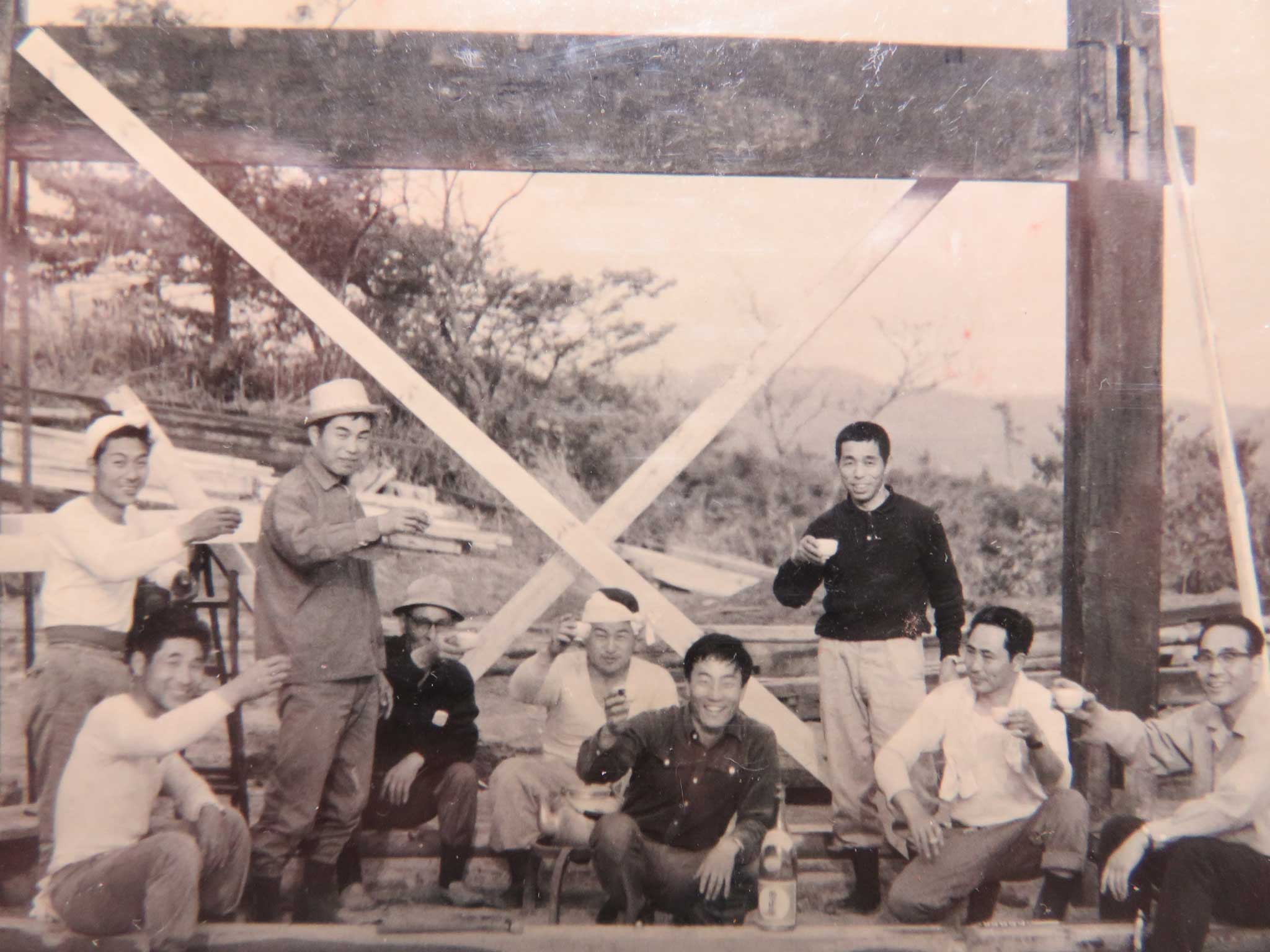
Roderick House, 1967
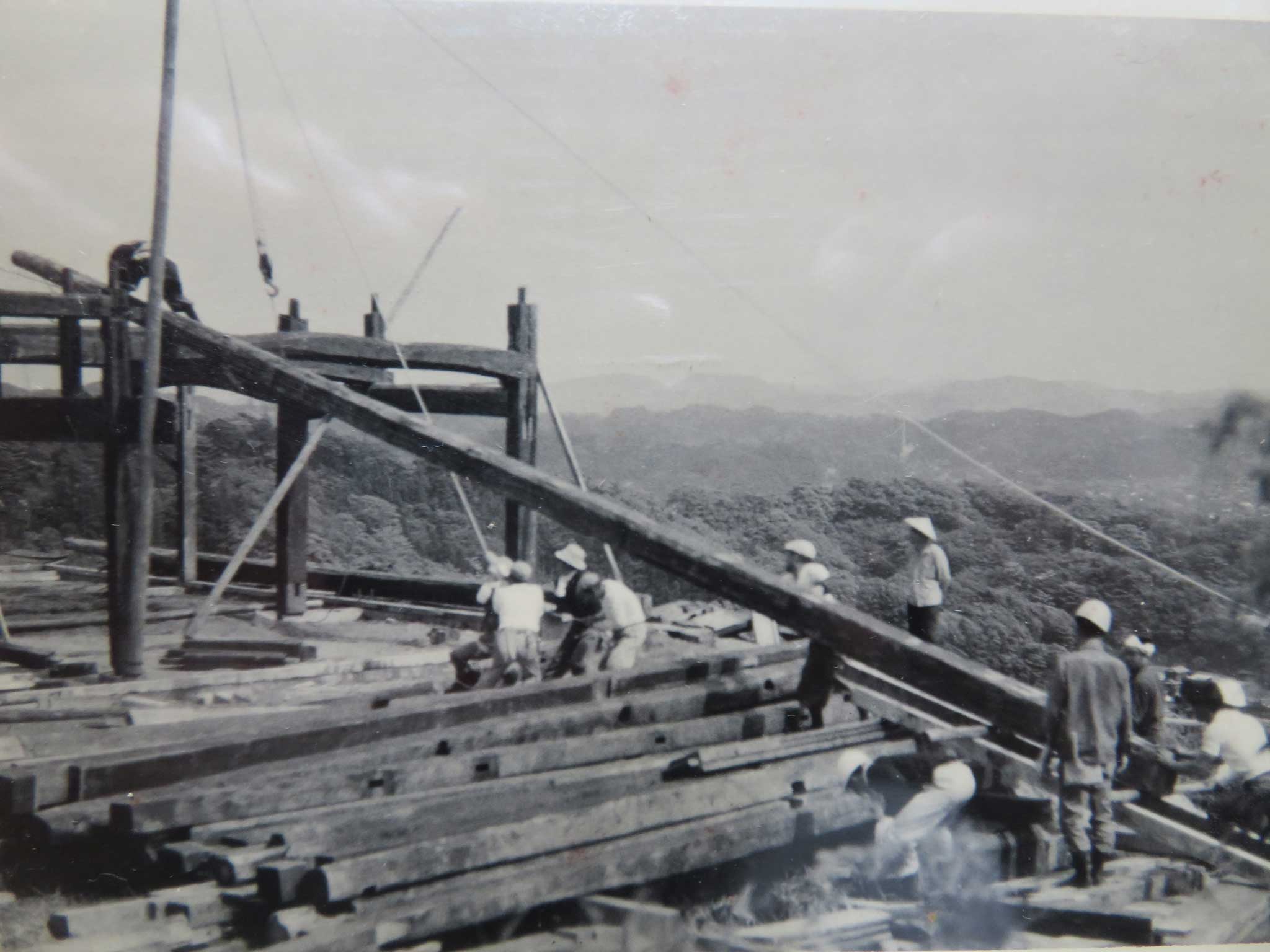
Roderick House, 1967
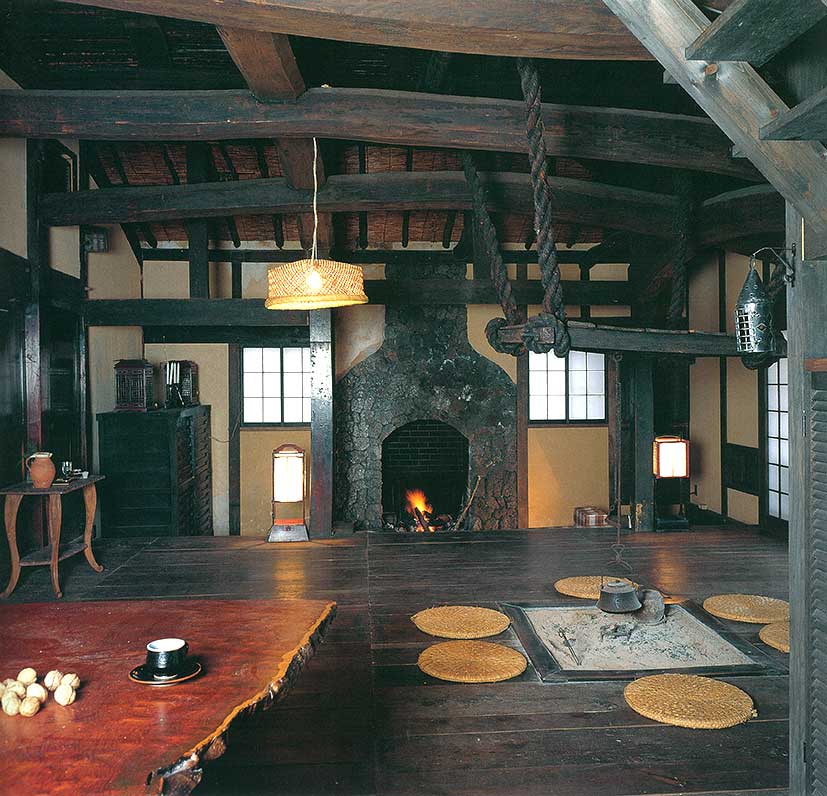
Salomon Villa, Karuizawa, 1975
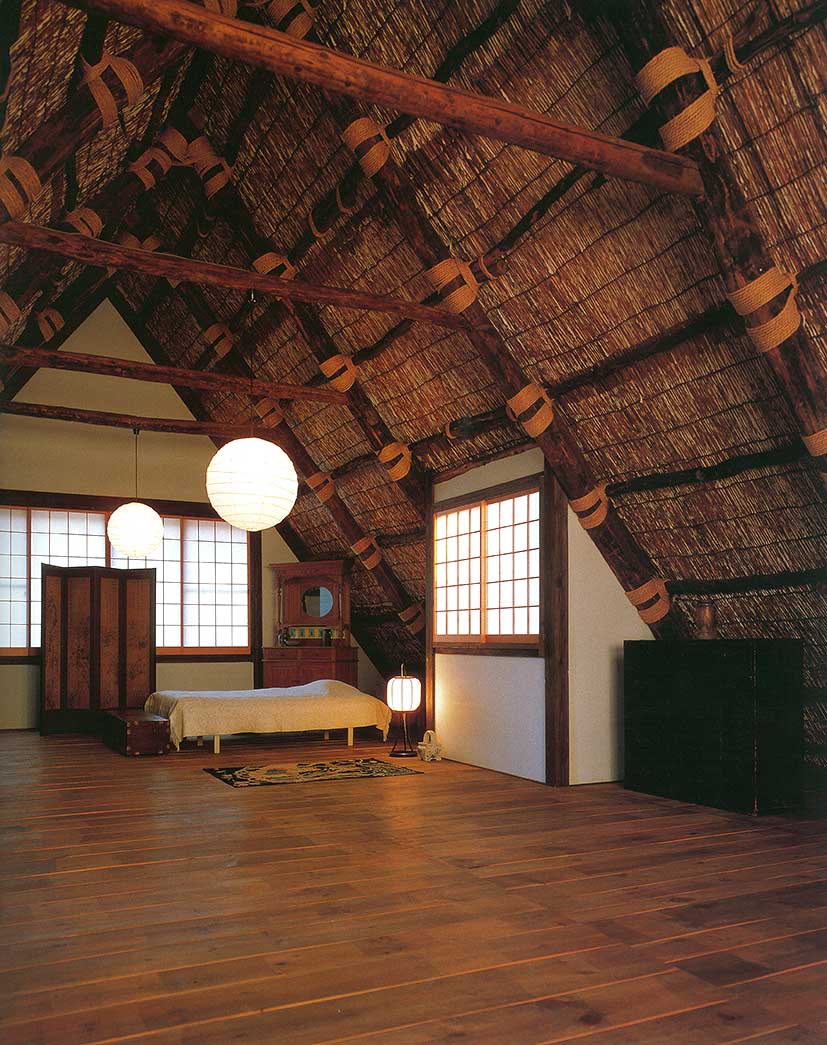
Weber House, Hayama, 1980
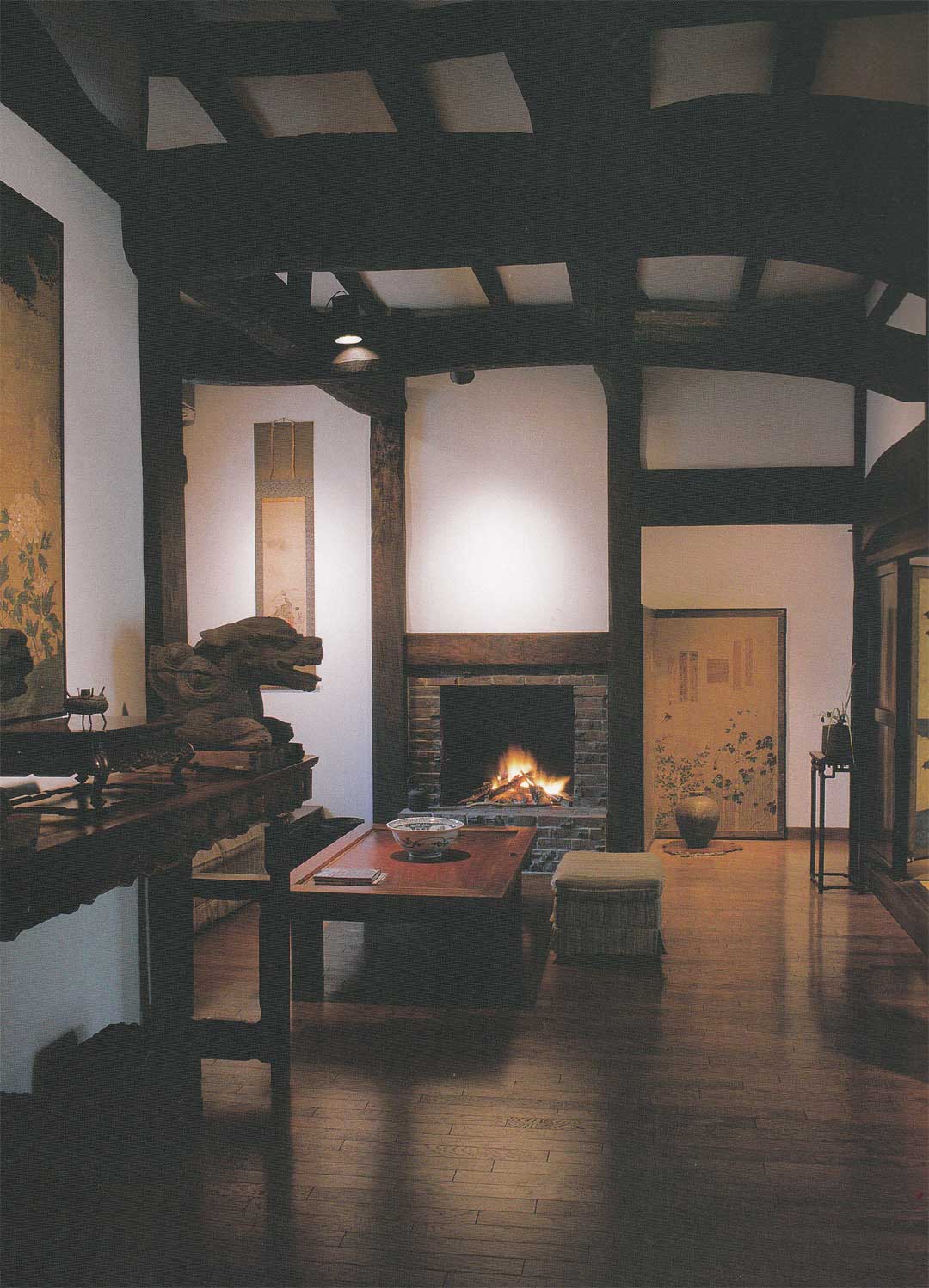
The House of Antiques, kamakura, 1988
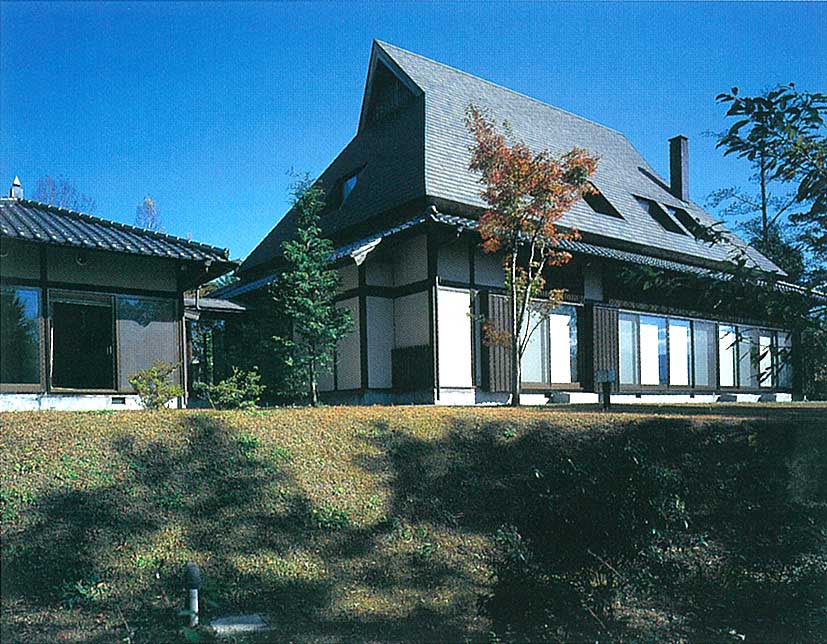
Union Bank of Switzerland Guesthouse,
Yamanakako, 1989
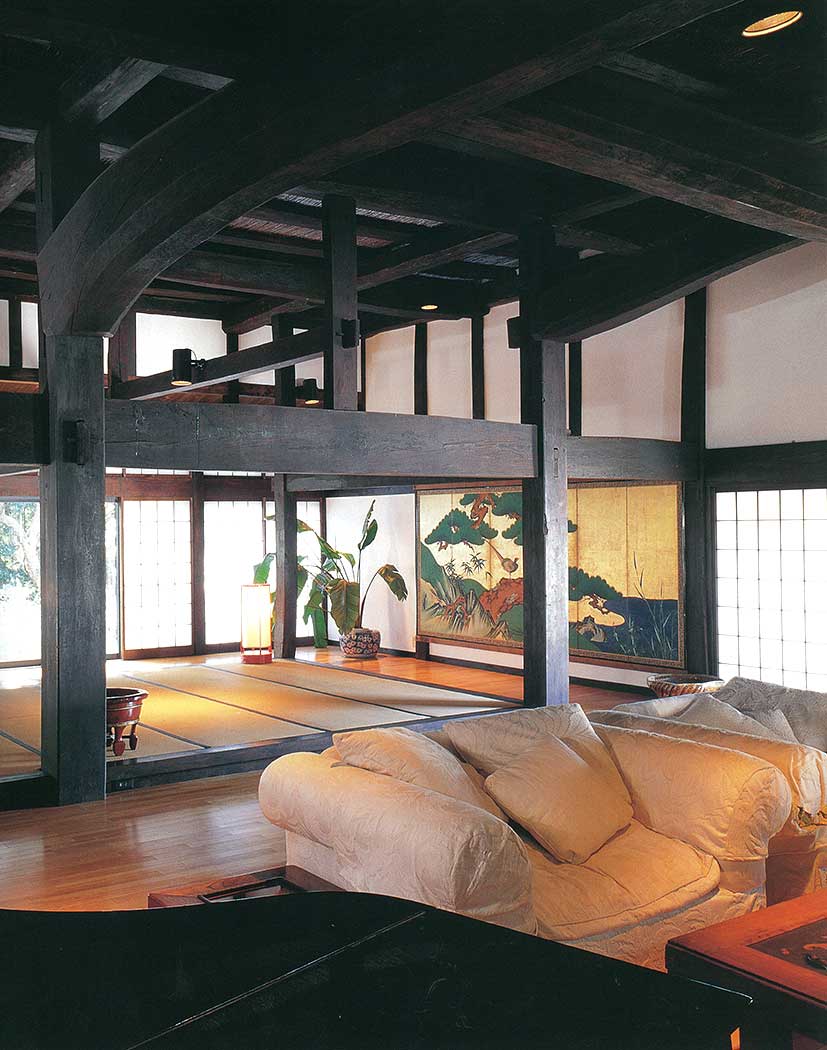
Ofuna House, 2001
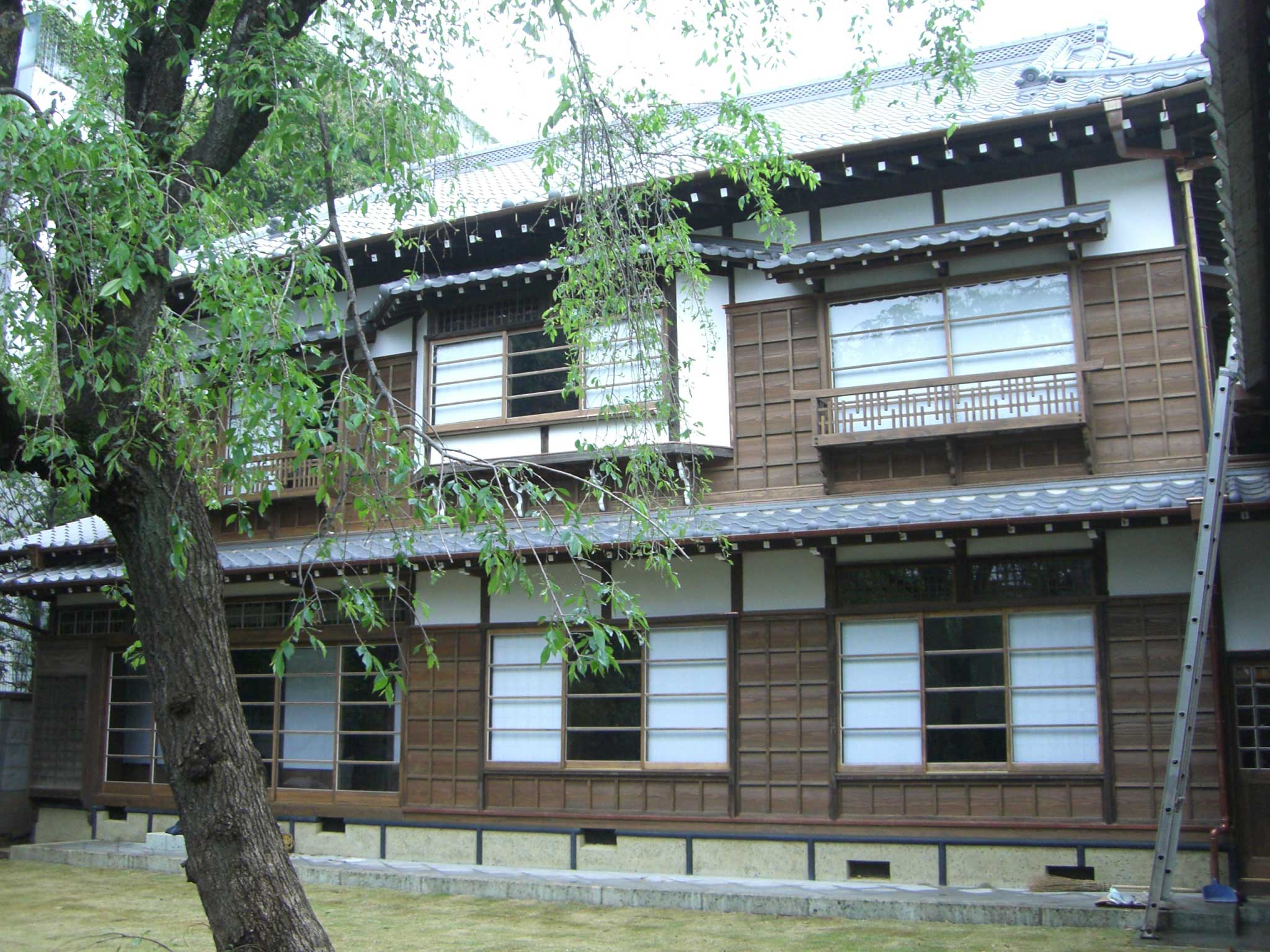
Nihon Folk Craft Museum, Tokyo, 2006
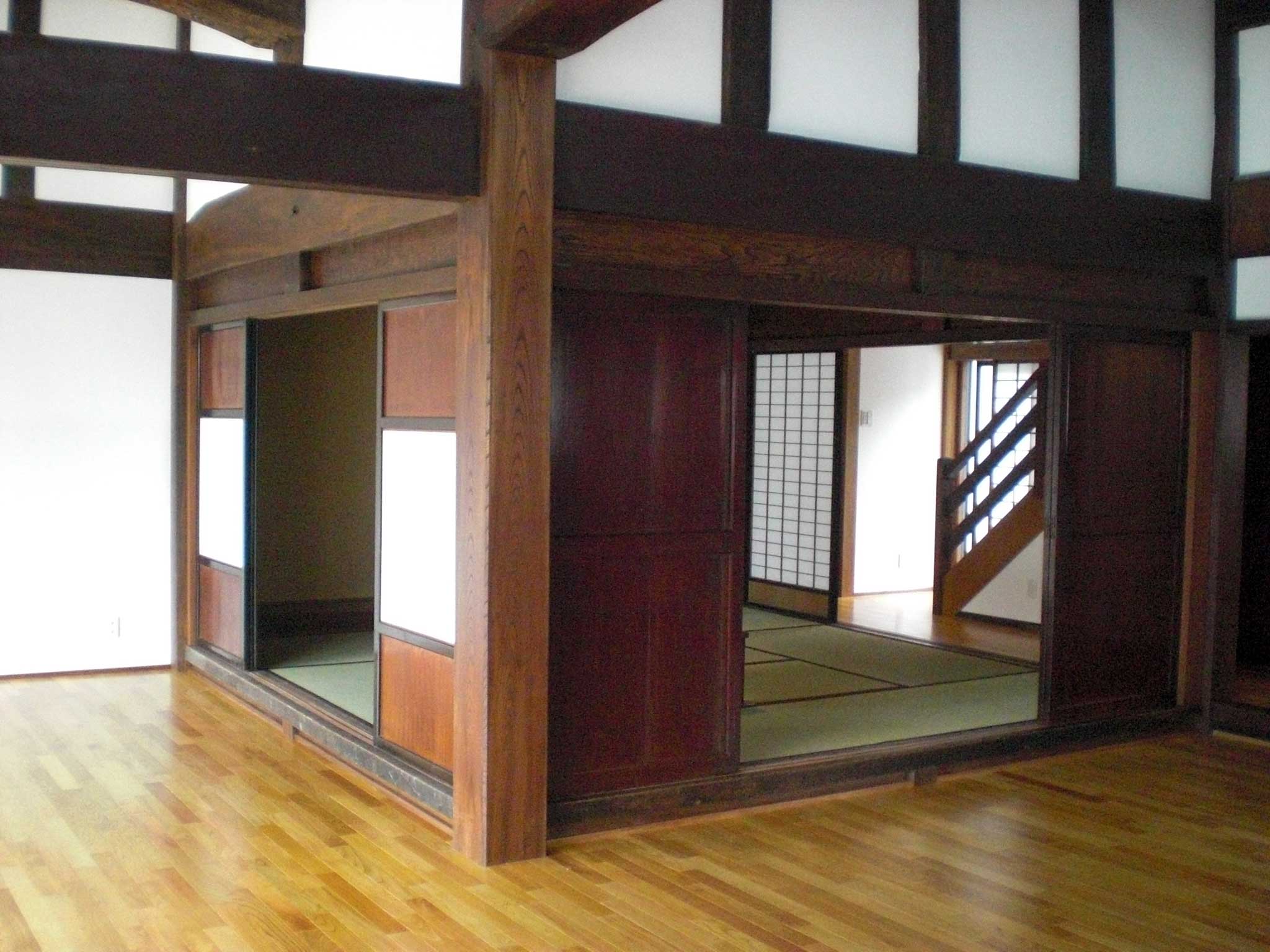
T. Murphy House, Tokyo, 2008
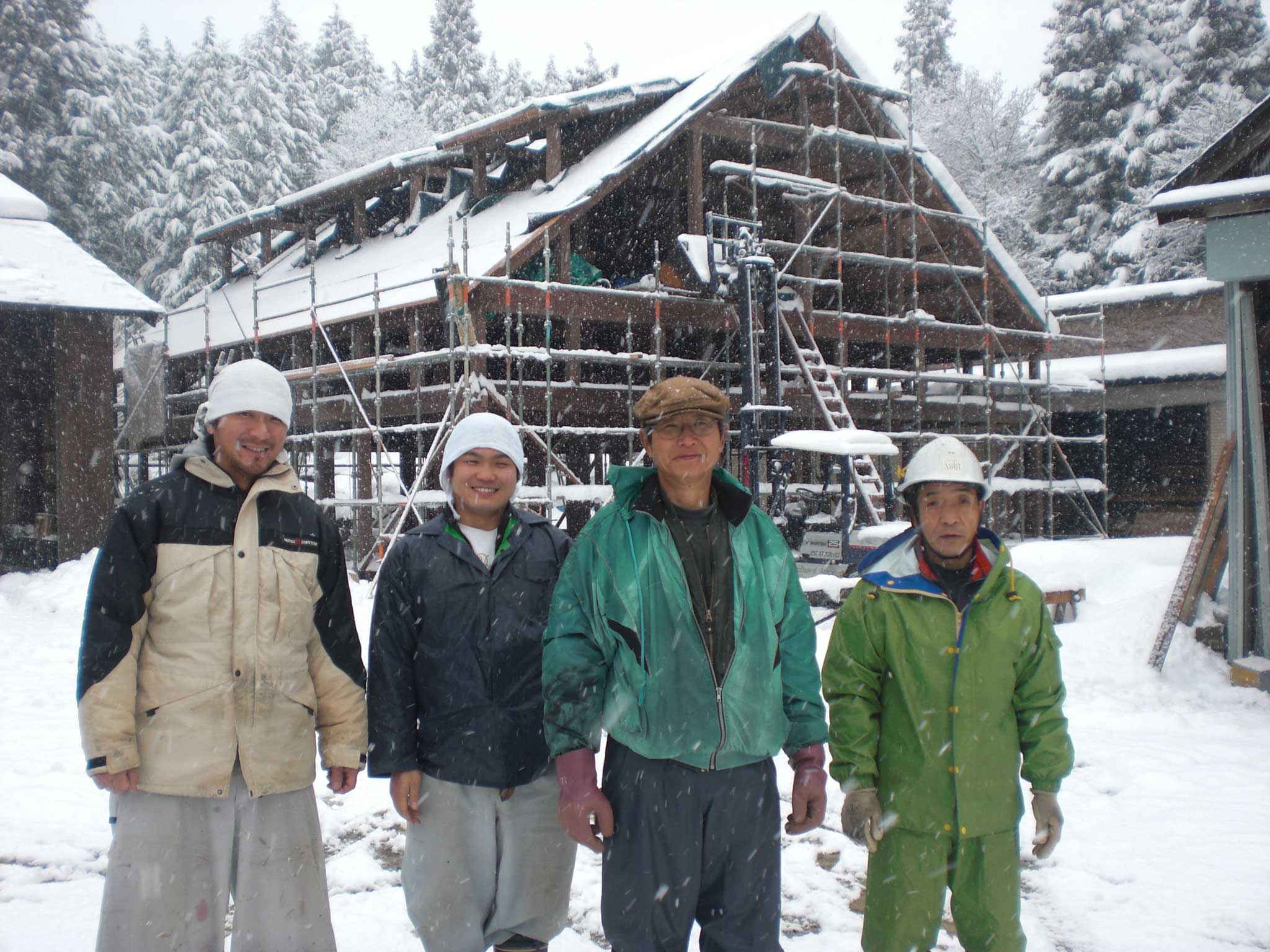
B. Young House, 2011
|
